UND’s UAS fleet gets an upgrade
Addition of three Insitu UAS systems means better student experiences, improved research capabilities at UND Aerospace
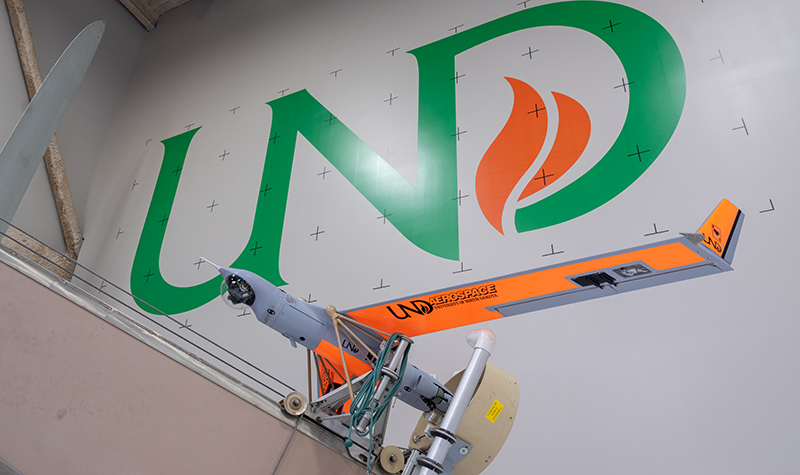
This summer, the University of North Dakota’s unmanned aerial systems (UAS) fleet received significant upgrades – three, in fact.
The John D. Odegard School of Aerospace Sciences now has five Boeing Insitu ScanEagle aircraft at its disposal after acquiring three earlier this year from Insitu, a wholly owned subsidiary of Boeing.
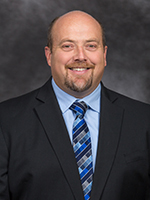
With 21 total UAS in its fleet – including the five ScanEagle systems – UND continues to set itself apart from most of institutions like it, said Paul Snyder, director of the UAS program.
Along with the three ScanEagles, UND also received an additional launcher, SkyHook retrieval system, replacement components and Original Equipment Manufacturer – or OEM – training for the systems’ operation, according to Snyder.
“This expansion of our operational capacity also represents an expansion of our excellent relationship with Insitu,” he said. “This recent acquisition puts us in a place where we have the parts and support to really move forward in what we can offer students.”
Education enhanced in the field
The expansion comes with a long list of possibilities for UND Aerospace, in terms of educational experiences and research contributions.
“First and foremost, to me, the most important aspect is the education of students,” said Snyder of the additional ScanEagle systems. “We are better equipped than ever to prepare students for the UAS workforce.”
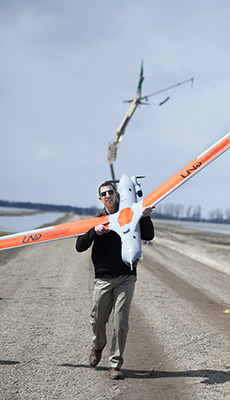
That workforce preparation involves teaching future pilots the complexities, risks, situational awareness and problem-solving skills required to operate unmanned aircraft. Given the ScanEagle’s maturity as a platform – having flown millions of hours since 2005 – there are few better avenues for achieving that goal, Snyder said.
Snyder made a comparison to UND’s traditional flight training. By the time students go to the airport and walk to the flight line with their instructors, all of the logistics and maintenance have been taken care of so they can get in the air.
“Now, consider a system like the ScanEagle. It’s something we can literally set up anywhere,” Snyder said. “Its footprint for recovery is a 20 square foot area. This proven precision increases safety by limiting the variability associated with many UAS recoveries in remote or urban areas.”
Nevertheless, while UAS planning and logistics may seem simple, the systems have their own unique complexities. As a result, students training to become UAS pilots need to learn the entire operation, from set-up to tear-down. That means establishing the network between the control station, relay antennas and aircraft; choosing a proper position for the ScanEagle launcher; raising the SkyHook for landing; and of course, readying the ScanEagle for flight.
Moreover, operators also need to be able to identify potential obstacles in the area, as well as serve as visual observers looking for other traffic in the immediate airspace.
Then, once the ScanEagle’s wing catches the nylon rope of the SkyHook and the aircraft is lowered safely to the ground after flight, the UAS equivalent of the airport environment, including the runway, needs to be disassembled or torn down.
“It’s the whole experience of what you have to do in this field,” Snyder said. “Students learn that every situation is going to be different, and they need the knowledge base and experience to start making good decisions. Being part of that process is exciting, and now we can expand that process further.”
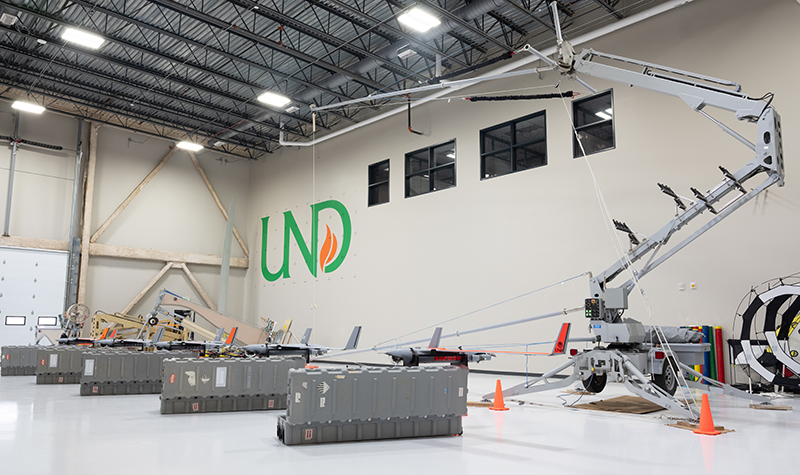
Positioned to lead
With the ScanEagle’s remarkable flight capabilities, UND’s UAS leaders are also looking forward to the research enhancements brought on by this year’s acquisition.
Two launchers means two times the operational capacity for an aircraft capable of more than 20 hours of sustained flight at heights exceeding 10,000 feet. And additional command and control antennae could double the aircraft’s range to just beyond 120 miles.
Equipped with two payload bays and a reputation as an easily adaptable UAS, the University’s ScanEagles are well-positioned to lead the region and state’s UAS research efforts, especially as airspace integration efforts ensue.
For example, consider beyond-visual-line-of-sight or BVLOS operations. “As statewide beyond-visual-line-of-sight testing happens at the Northern Plains UAS Test Site, we hope that we can be in a position to capitalize on that,” Snyder said. In other words, “in the future, we’d like to give our students the opportunity to fly regularly beyond visual line of sight, without a chase plane.”
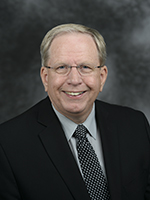
Paul Lindseth, dean of the John D. Odegard School of Aerospace Sciences, said the aircraft will certainly bolster UND’s ability to garner further federal grants and contracts in the UAS arena.
“UND’s collaboration with an industry-leading company like Insitu bodes extremely well for our aviation students and the advanced skills they will acquire in our UAS academic program,” he said.
The student experiences in operating UND’s aircraft readily translate to research experiences. Pilots-in-training can have the chance to equip ScanEagles with a variety of air-measuring instruments and optical sensors, plus learn how to integrate such payloads within the overall system.
Snyder remarked that along with that research capability is an opportunity for faculty to get better training on the systems and thus more effectively teach UAS courses. Insitu has been a great partner in providing regular updates regarding software and maintenance, he said, and the company’s standardization and organization parallel UND’s commitment to professionalism and quality.



